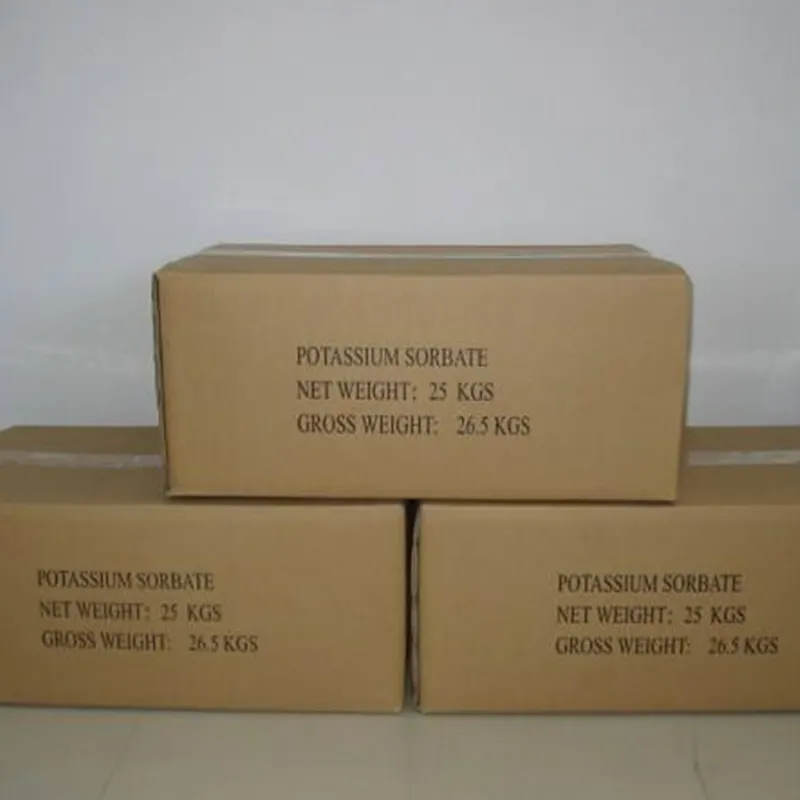
e171 food additive
Understanding E171 The Food Additive and its Implications
E171, commonly known as titanium dioxide, is a widely used food additive recognized for its white color and opacity. It plays a crucial role in the food industry, primarily as a coloring agent to enhance the visual appeal of various products. Found in candies, dairy products, sauces, and baked goods, E171 helps manufacturers achieve a consistent appearance, which is essential for consumer acceptance and product marketing. However, the use of E171 has sparked considerable debate regarding its safety and potential health risks.
Titanium dioxide is predominantly used in non-food applications, such as in paint, plastics, and cosmetics, due to its strong UV light shielding property and bright white pigment. In the context of food, E171 functions primarily as an additive to produce a clean white finish and to mask imperfections in products. It is often found in products like chewing gum, where the pure white color enhances the appeal and indicates a sense of cleanliness and freshness.
Understanding E171 The Food Additive and its Implications
In 2021, the European Food Safety Authority (EFSA) published a comprehensive assessment of titanium dioxide, ultimately concluding that the substance could no longer be considered safe when used as a food additive. They emphasized the uncertainties regarding the possible toxic effects of nanoparticles, particularly when it comes to the long-term consumption of E171-containing products. This assessment has prompted the European Union to propose a ban on E171 in food products, which is aimed at protecting consumer health and wellbeing.
e171 food additive

Moreover, the potential risks of E171 extend beyond just its impact on health. The growing environmental concerns regarding the production and disposal of titanium dioxide have also come into focus. The process of extracting and refining titanium presents environmental challenges, including resource depletion and pollution. Thus, the issues surrounding E171 not only involve human health but also intersect with broader discussions about sustainability in the food industry.
As consumers become more health-conscious and informed, they are increasingly scrutinizing the ingredients in their food. This has led to greater demand for natural alternatives to synthetic additives like E171. Many manufacturers are exploring plant-based colorants and other natural substances that can provide similar aesthetic benefits without the associated health risks. Such alternatives are viewed not only as healthier options but also as a response to the growing trend towards cleaner, more transparent food production.
Finally, it is essential for consumers to remain vigilant and informed about the ingredients in their food. Understanding the implications of additives like E171 allows individuals to make more educated choices in their diets. While the debate surrounding E171 continues, it serves as a reminder of the intricate balance between food safety, consumer demand, and environmental responsibility.
In conclusion, E171 or titanium dioxide exemplifies the challenges and debates surrounding food additives in modern society. As research refines our understanding of these substances, and as regulatory bodies revise their guidelines, both consumers and manufacturers must navigate the complexities of food safety and transparency. The discussion around E171 is not merely about one additive but reflects broader concerns about health, environment, and consumer trust in the food system. The future of food additives may increasingly shift towards natural, less controversial complements that resonate more positively with the public's evolving expectations and standards.
-
Pure Sodium Dichloroisocyanurate Dihydrate | Powerful DisinfectantNewsAug.29,2025
-
Industrial Chemicals: Quality & Purity for Every IndustryNewsAug.28,2025
-
Nitrile Rubber Honoring Strict Production StandardsNewsAug.22,2025
-
Aspartame Ingredients Honoring Food Safety ValuesNewsAug.22,2025
-
Fertilizer for Balanced Plant NutritionNewsAug.22,2025
-
Cyanide Gold Processing with High Purity AdditivesNewsAug.22,2025
-
Formic Acid in Textile Dyeing ApplicationsNewsAug.22,2025
Hebei Tenger Chemical Technology Co., Ltd. focuses on the chemical industry and is committed to the export service of chemical raw materials.
-

view more DiethanolisopropanolamineIn the ever-growing field of chemical solutions, diethanolisopropanolamine (DEIPA) stands out as a versatile and important compound. Due to its unique chemical structure and properties, DEIPA is of interest to various industries including construction, personal care, and agriculture. -

view more TriisopropanolamineTriisopropanolamine (TIPA) alkanol amine substance, is a kind of alcohol amine compound with amino and alcohol hydroxyl, and because of its molecules contains both amino and hydroxyl. -

view more Tetramethyl Thiuram DisulfideTetramethyl thiuram disulfide, also known as TMTD, is a white to light-yellow powder with a distinct sulfur-like odor. It is soluble in organic solvents such as benzene, acetone, and ethyl acetate, making it highly versatile for use in different formulations. TMTD is known for its excellent vulcanization acceleration properties, which makes it a key ingredient in the production of rubber products. Additionally, it acts as an effective fungicide and bactericide, making it valuable in agricultural applications. Its high purity and stability ensure consistent performance, making it a preferred choice for manufacturers across various industries.





